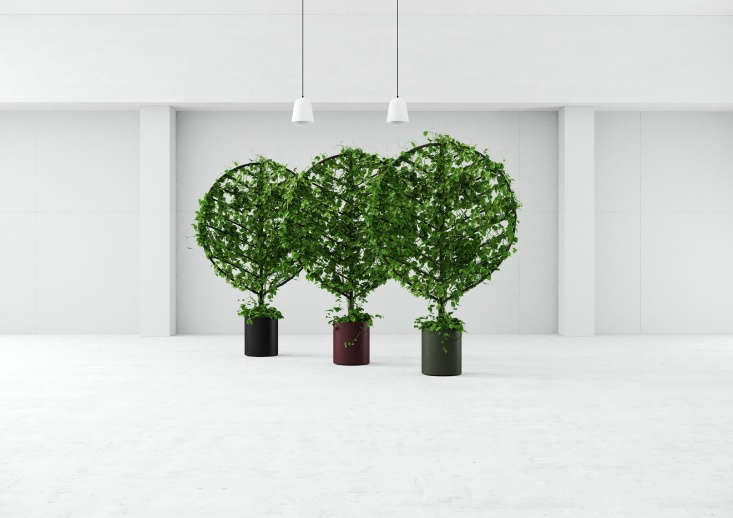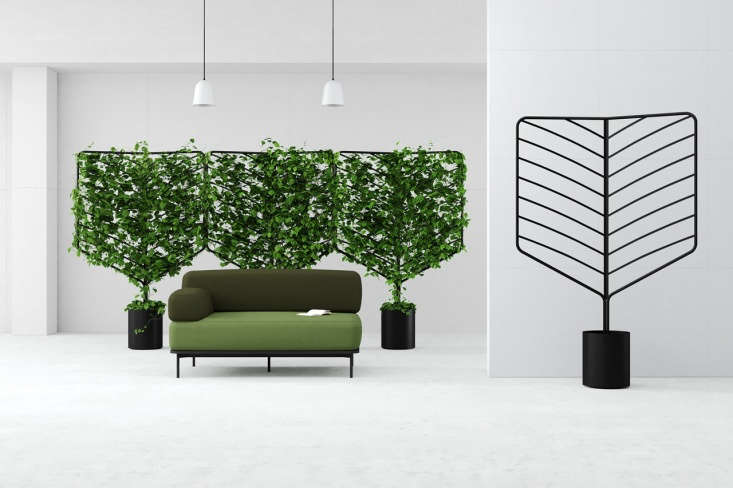Inspired by family outings to the Melbourne Botanical Gardens and “the feeling of being encapsulated by trees,” Australian designer Helen Kontouris has come up with a collection of planters with sculptural built-in trellises. At once playful and stately, her planter screens can be used individually and in groups, both indoors and out—as green walls, space dividers, acoustic panels, screens, or simply as botanical statements. They inject a bit of leafy architecture where ever needed, and they’re even self-watering.


The designs are produced in Australia by Kontouris’s Melbourne-based studio, Len, and are exclusively available from Aussie furniture contractor Stylecraft. The hitch: they’re currently for sale in Australia only, but we’re told international shipping is coming soon; pricing starts “under $2,000 AUD.”


Kontouris tells us that Pothos ivy (Devil’s ivy), and Philodendron cordatum (heart-leaf philodendron) thrive indoors in her planters, and that a variety of ivy and creeping fig work best outdoors, though climbing fruits and vegetables are also viable. See Gardening 101: Ivy “The Frenemy” and Ivy Tips for ideas.

- Garden Hacks: 10 Ideas for Privacy Screens
- 10 Easy Pieces: Garden Trellis Panels
- Indoor Vines: Trellis Tables and Shelves
Find out planter picks in our Pots & Planters archive.










Have a Question or Comment About This Post?
Join the conversation